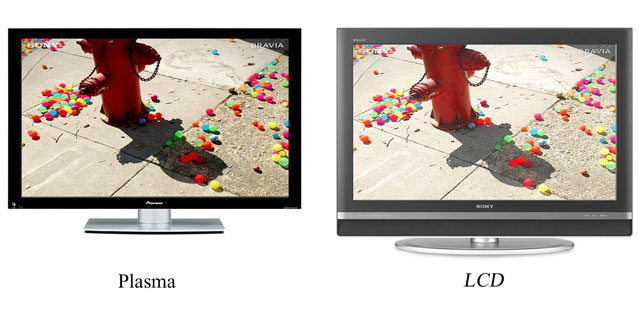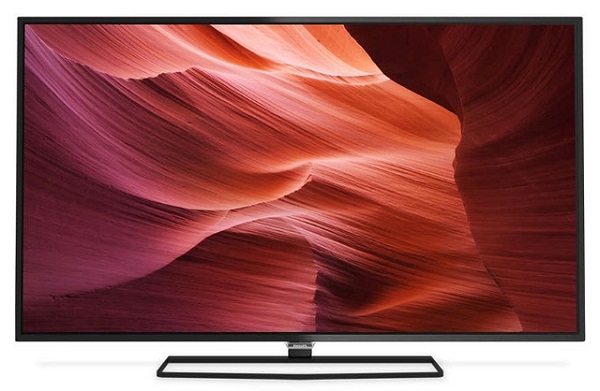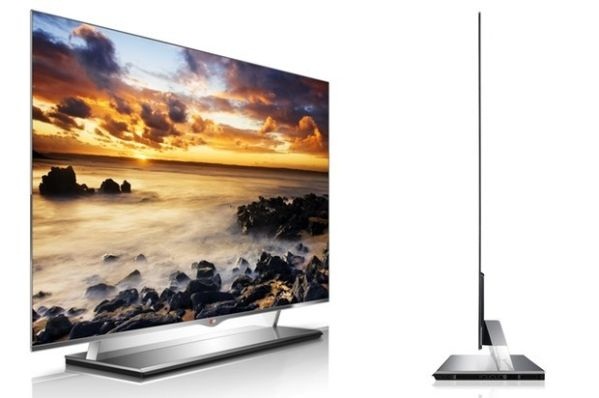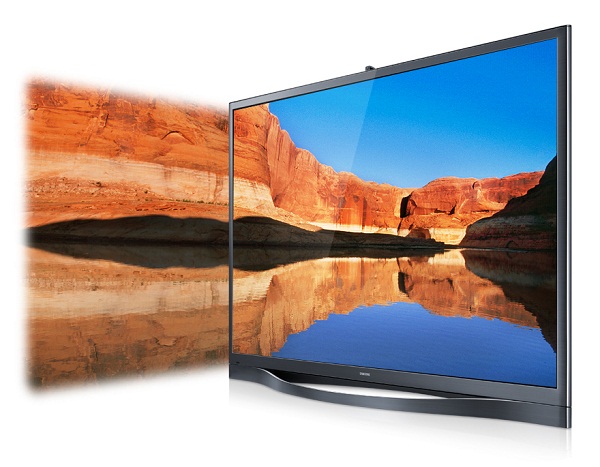The difference between plasma and LCD TV
The production technology of modern TVs gives them different characteristics, so there is a significant difference between the LCD panel and the plasma. If you are faced with a choice in favor of a particular model, it is important to evaluate all the pros and cons of each type. Household devices of such a plan are acquired for a long period of time, and full knowledge of how exactly they differ will help to prevent an annoying mistake.

Content
Types of LCD Panels
The answer will not be complete without an overview of the types of LCD TVs. Modern market offers three leading technologies. Each one differs both in its working principle and cost. The most recent developments are the most “advanced”, budget models are the simplest, they are morally obsolete, but are still in great demand due to their affordability and practicality.
For a full understanding, it should be clarified that only those models of LCD TVs that are sold now will be analyzed. They are far superior samples of the early years of release.
- LCD - the first type of LCD panel, its difference in low cost, a simple set of functions. Today such TVs are considered obsoleteand. Illumination in such devices is carried out using fluorescent lamps CCFL.

LCD TV Ergo LE32C20
- LED TVs - advanced models developed on the basis of LCD, but have higher parameters of clarity and resolution. Installed here diode illuminationThe diodes themselves can be located in the end part (EDGE LED), or evenly distributed throughout the matrix (True LED, Full Led, Direct LED). The second option will be more expensive, but the image quality will be higher.

LED TV PHILIPS 40PFH5500 / 88
- OLED - the latest modern development. Difference between OLED and LED is that such devices do not need additional lightingthat brings the quality of the LCD to a new level. Basically, these devices include the statement that the LCD TV is not inferior to the quality of the picture or the diagonal (the usual LCD are available in sizes up to 40 ") of the plasma panel.

OLED TV LG 55EM9700
Like any new product, the OLED panel is more expensive than the previous types, and the difference can be up to 10 times its size. This is offset by a great image, as well as an impressive diagonal of more than 55 inches.
Practical differences between the two technologies
The difference between the LCD panel and the plasma TV can be reduced to several key points, in fact, they are guided by buyers. Similar information can provide sales assistants in stores.
- Brightness and Contrast. For LCD TVs (except OLED), these figures are lower than for plasma. The reason lies in the fact that the illuminated liquid crystals transmit light to adjacent columns, which is why the black color looks more like dark gray. The plasma, in turn, does not need illumination, providing a bright, rich and contrasting image.
- Saving. The plasma panel consumes significantly more electricity, about 300-450 W, the LCD device is consumed 10 times less. Knowing how much does your television consume, you can significantly save.
- Overheat. All plasma panels are inclined to it. Cooling in them is forced, because of what a fan sound is heard.This is compensated by the fact that such televisions are large in size, they are watched from afar, at a distance of 3-4 m.
- Viewing angle. The LCD panel is limited to between 160-180 ° vertically and horizontally. When the angle is exceeded (viewed from the side or bottom), the contrast decreases, the screen brightens or darkens. The "plasma" no restrictions.

- Duration of work. The plasma panel is designed for 40,000 hours of operation, after which the screen burns out, all the advantages of a saturated picture are lost, and liquid crystal displays do not lose quality (the nominal service life is 80,000 hours). But, if you refer to the reviews of users of "plasma" - the first signs of color loss can be noted after 4 years of intensive use.
- Safety for humans. Both technologies are completely environmentally friendly and safe for the human body.
- Reliability. In terms of mechanical reliability, "plasma" wins somewhat.
- Cost Quite a lot of LCD-TVs at a price affordable for everyone. In the general assortment of LCD devices cover all price categories, and "plasma" - medium and high.
These are all the main characteristics, the difference between the LCD panel and the plasma TV.Manufacturers may be the same, for example, Panasonic produces both LCD and plasma displays.
Functional two technologies
If we consider only modern developments, both LCD and plasma TVs are equipped with all advanced options. This may include the resolution of the Full HD screen (1080p, 1080i) or UHD 4K; 3D support Smart tv, HDTV and major television standards.
It is important to know! To watch regular TV: cable or antenna, budget models of LCD TVs are suitable, and more advanced OLED or plasma panels are designed for watching DVDs or movies from media. Their high resolution significantly exceeds the quality of broadcast analog television: it looks blurry and fuzzy on large displays.
Plasma devicesWith their large size, they always combine a variety of functions. LCD low-end models may differ in resolution (720p, 1080p), support basic video formats, have a USB connector, but in general they are fairly simple TVs. However, to compare such devices with plasma panels is not entirely appropriate. OLED panels may well compete with the "plasma" in size, cost, and image quality. But they have a lower price, economical energy consumption.

Plasma panel Panasonic TH-85VX200W
Summarizing
Plasma panel - large premium TV with standard features and great image. Evaluating the diagonal and functionality, we can conclude that such panels are inexpensive, but their range in stores is too narrow. However, if you want to organize home theaterthen large screen selection plasma will be justified.
LCD displays are presented rich choice, various functionality, a wide price category. You can find both low-end models and premium. They are produced in various colors (mostly black or white). A set of options can be any, from the maximum to the most simple, easy to understand for people who rarely use electronics or poorly understand it.
Thus, everyone will be able to choose the optimal model of the TV among the plasma or LCD TVs.

/rating_off.png)












